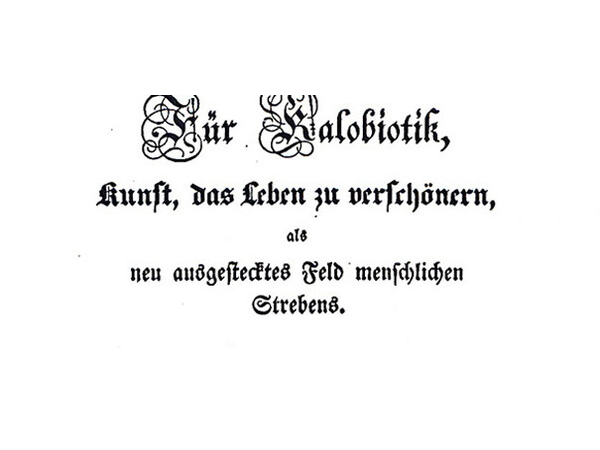Calo-biotic
The Development and Impact of an Old-Austrian Intellectual Tradition

The term Calo-biotik (the rational method of living a beautiful life) is nowadays nearly totally forgotten. In the middle of the 19th century it was understood not as a lifestyle according to pure aesthetic guidelines, but – in the traditional linkage between “the beautiful” and the ethical “good” – as a well lived individual life determined by rational principles of emotional self-control. Especially in those social groups who [directly] supported the state (such as civil servants or military officers), ideas like these were popular and produced a number of relevant publications. Although it is not possible to prove in a causal way, it seems to be obvious, that these constituted a reaction against social conditions that could not be shaped by rational planning: A process that might compensate on an individual level, what could not be put into effect politically.
In the year 1835 an author named Wilhelm Bronn published a philosophical essay entitled „Für Kalobiotik, Kunst das Leben zu verschönern, als neu ausgestecktes Feld menschlichen Strebens“ (On Calo-biotic, the Art to Embellish Life, as a New Field of Human Pursuit); three years later, he published a second volume. Those nowadays totally forgotten books gained some influence in their time. The Prague-based journal “Ost und West” (East and West) edited from 1845 on, regularly included a section entitled “Zur Kalobiotik” (On Calo-biotic) in which many authors published on various aspects of an “art to embellish life”.
Ernst Freiherr von Feuchtersleben (1806–1849) took Bronn’s stimulus and defined his highly influential book „Zur Diätetik der Seele“ (1838) (On the Dietetics of the Soul) explicitly as “callo-biotic”. Nowadays, Feuchtersleben is much valued as one of the founders of psychosomatic medicine – Bronn’s influence, however, is not noticed.
Head of Project: Peter Stachel
Funding: Third-Party-Funding (City of Vienna MA 7 – Science; DDr. Franz-Josef Mayer-Gunthof science and research fund)
Duration: 2016/06/01-2023/12/31
Photo: Wilhelm Bronn 1835. © Peter Stachel